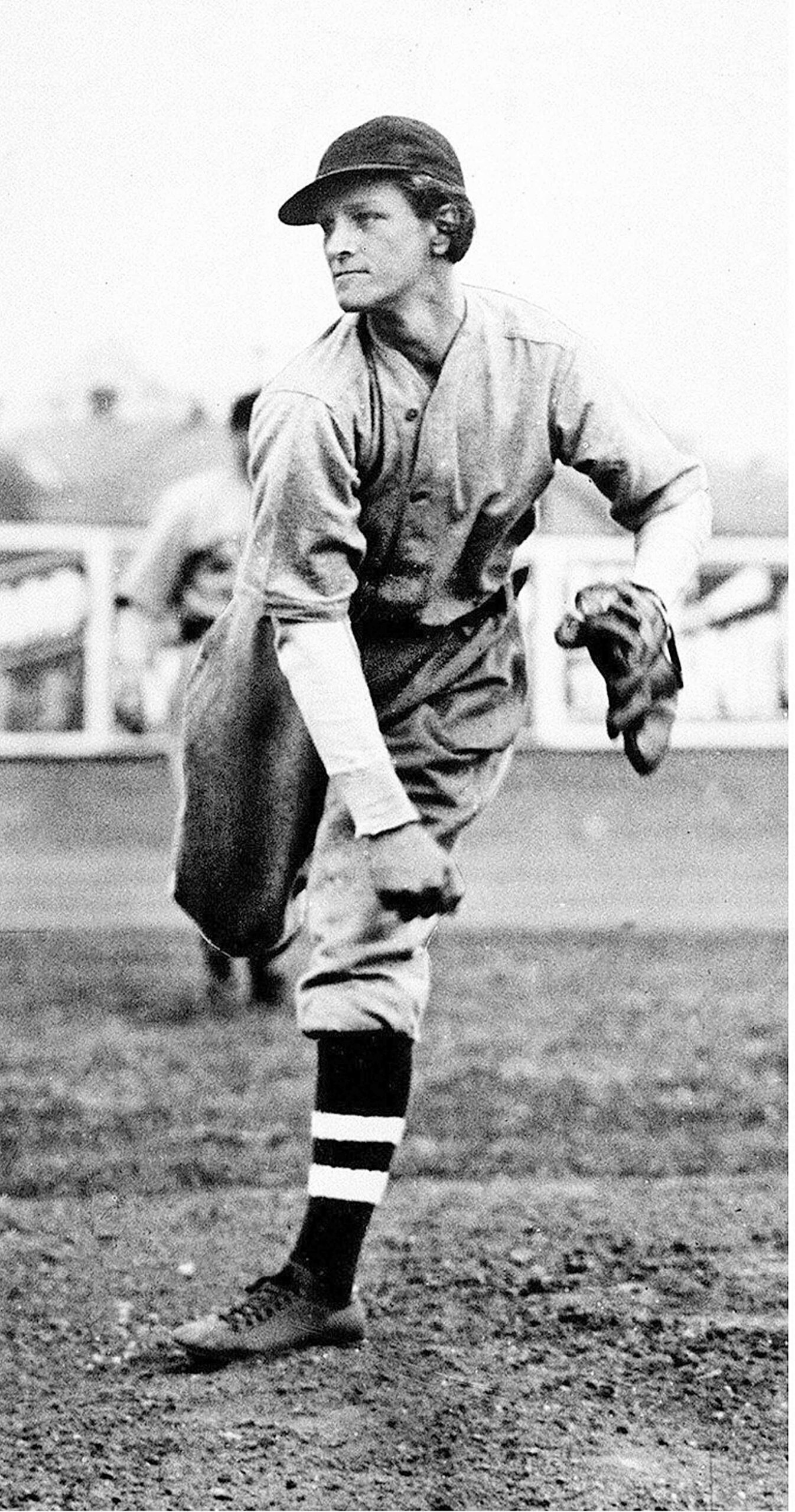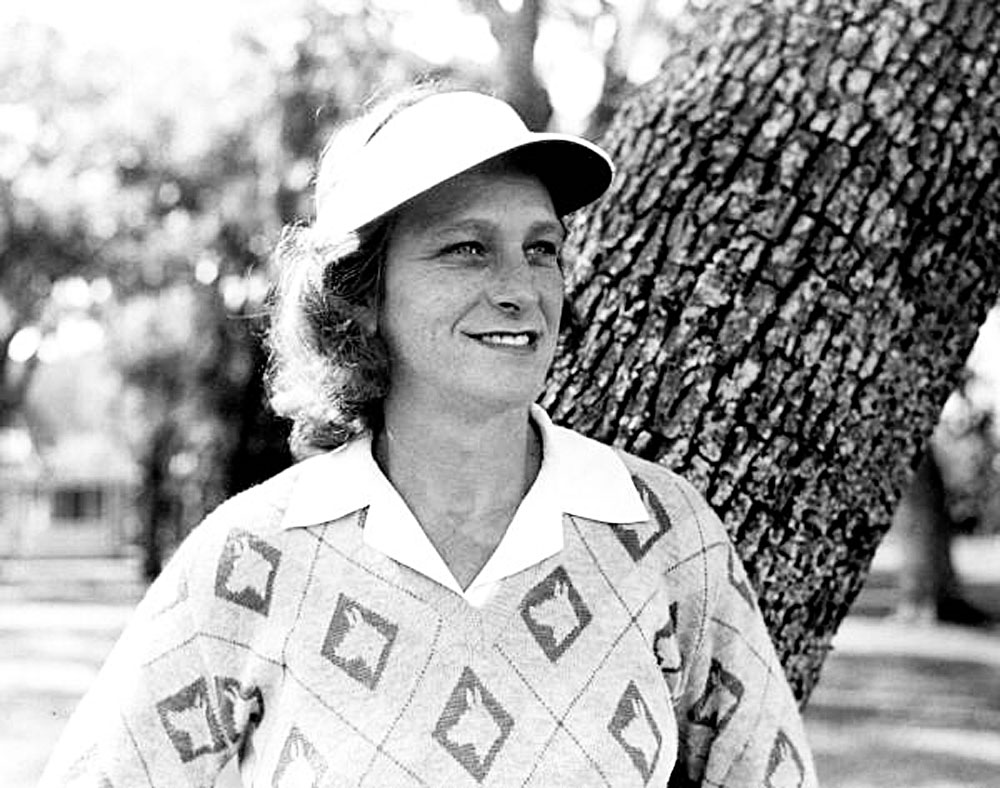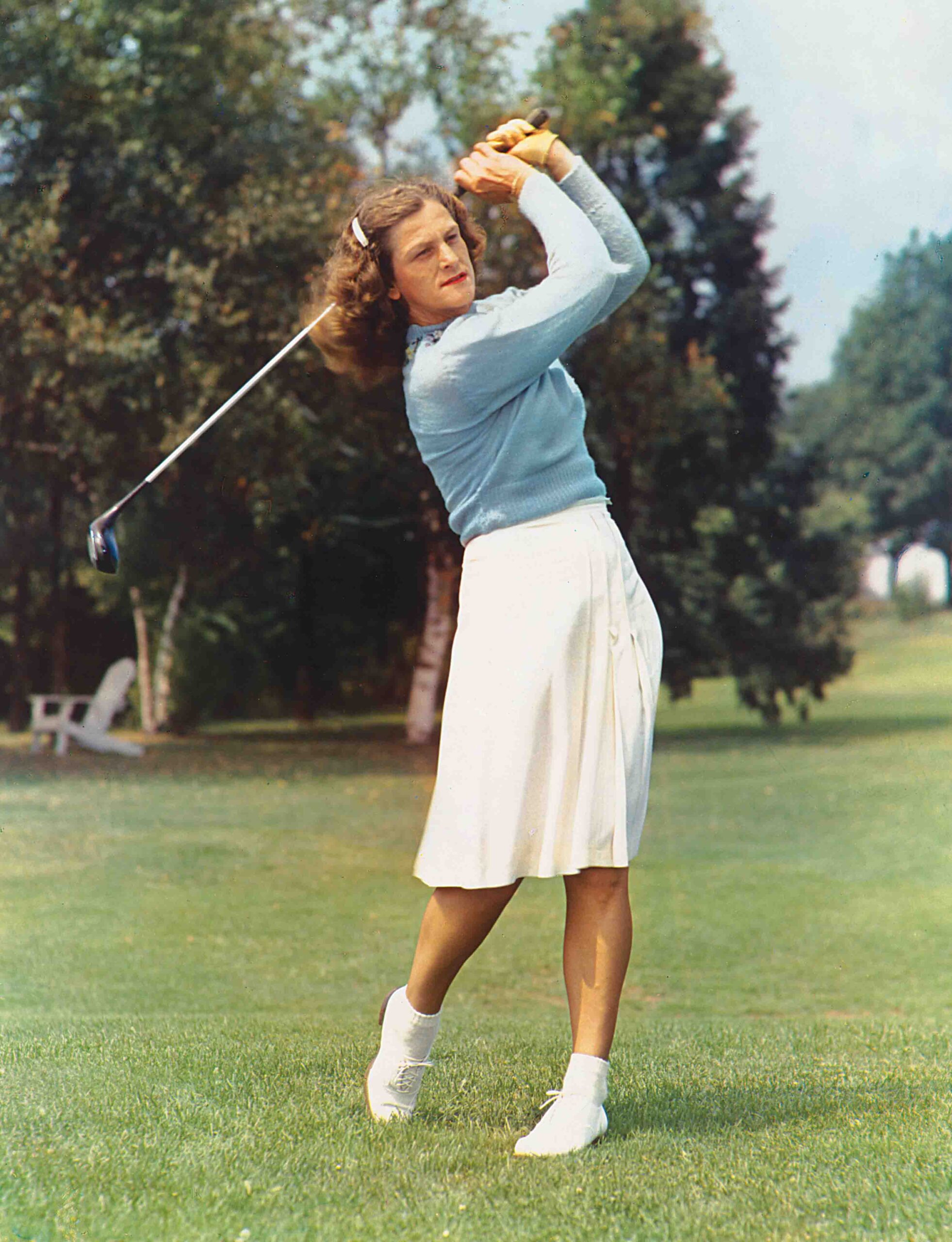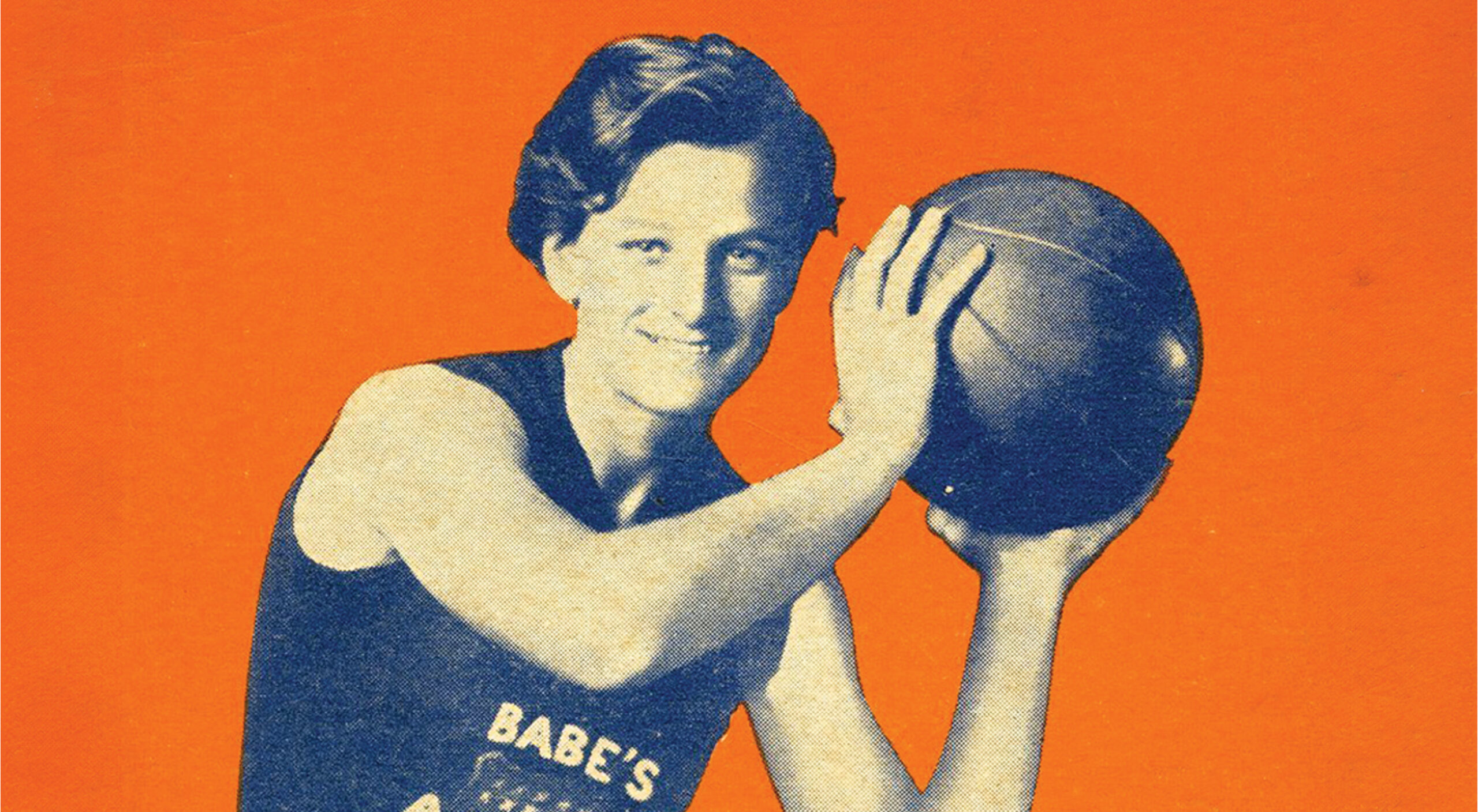Mildred “Babe” Didrikson Zaharias could do it all. Even in an era when all-around athletes were not uncommon, Babe Didrikson’s success was extraordinarily rare. She was often referred to as the Jim Thorpe of women athletes, though she excelled in more sports than Thorpe. That assessment comes from sportswriters and other observers of her time who witnessed her ability to not just pick up a sport but to excel in it.
Nicknamed after another sports star of her day – George Herman “Babe” Ruth – Mildred Didrikson was born in Port Arthur, Texas in 1911. She moved with her family to Beaumont four years later, where she began her legendary athletic career. Starting with neighborhood baseball, her knack for hitting home runs earned her the nickname “Babe.”

Baseball was just the beginning. Soon, Babe was playing basketball and eventually played for her company’s team, the Employers Casualty Company in Dallas, from 1929 to 1932. After the 1928 Olympics, she became interested in track and field. Despite having never competed in these events, she vowed to learn them and compete in the Olympics.
Four years later, Babe Didrikson won two gold medals and one silver in the track and field events she was allowed to participate in (she qualified for five but women could only compete in three). She would have swept all three events but came second in the high jump because her technique was deemed inappropriate, dropping her first-place finish to second. She set world records in the javelin and 80-meter hurdles.

She played baseball with the famous House of David barnstorming team and in spring training games with major league teams. She became the first woman to play in a major league game, albeit a spring exhibition game, when she pitched one inning for the Philadelphia Athletics. She faced the Brooklyn Dodgers in Fort Myers, walking the first batter, hitting the second and inducing a triple play grounder.
However, none of these accomplishments, nor the ones in bowling, volleyball, cycling, swimming, billiards or nearly every other sport, compare with her success on the golf course. She started playing golf, practically the only professional sport available to women at the time, in 1934. She won the second tournament she ever played in, the 1935 Texas Women’s Invitational, but the United States Golf Association stripped of her title, claiming she wasn’t an amateur as she was previously paid to play baseball and basketball. Undeterred, she earned back her amateur status in 1943 and over the next four years won 17 amateur events, including the 1946 U. S. Women’s Amateur Championship and the 1947 Women’s British Amateur Championship.

Turning pro in 1947, she won 41 professional tournaments, including 10 before the founding of the Ladies Professional Golf Association (LPGA). Not surprisingly, she was one of the founders of the LPGA, established in Tampa following a women’s tournament at Palma Ceia Golf & Country Club in 1950.
During this time, Babe and her husband, professional wrestler George Zaharias, purchased the languishing Forest Hills Golf and Country Club in northern Tampa. Renaming it the Tampa Golf and Country Club, the couple refurbished the course and Babe served as the winter golf pro.
Unfortunately Babe’s life doesn’t have a happy ending. She suffered from colon cancer and died in 1956 at the age of 45. She pushed herself to the very end, winning the 1954 U.S. Women’s Open just a few months after cancer surgery. She was recognized by Sports Illustrated in 1950 as the Female Athlete of the First Half of the 20th Century and was named the Female Athlete of the Century by the Associated Press, Sports Illustrated and ESPN.
Need a calming retreat? Click here. Or if you’re looking to advertise with us, click here.



